I’ve always been passionate about technology and enjoyed sharing my insights through blogging and social media. Then, I stumbled upon high-ticket affiliate marketing, a turning point for me. In one of my early blogs, I featured a high-end smart home system, significantly pricier than the gadgets I typically discussed. I was dedicating myself to creating captivating, informative content about this product, which paid off when my first major sale brought in a commission surpassing my usual monthly earnings at the start! This success was a pivotal moment, motivating me to seek out more high-priced products actively.
High-ticket affiliate marketing is all about promoting higher-priced products or services. It’s great for marketers, bloggers, and content creators because you can essentially make more money from fewer sales.
In this article, we will look at 6 ways to help affiliate marketers like you sell these big-ticket items most efficiently. Based on my own experience as a blogger and affiliate marketer, I can assure you that your success rate will soar by applying these strategies. I’ve chosen tactics that can instantly benefit your site if executed properly. You will appear more credible to your readers and improve your standing with Google’s algorithm, boosting your site’s overall rankings. Let’s learn how to boost your sales and bring these commission checks!
Table of Contents
- What is High Ticket Affiliate Marketing
- Pro’s & Con’s of Selling High-Priced Offers
- Strategy #1: Maximizing Visibility with Effective SEO Techniques
- Keyword Research for High Ticket Affiliate Programs
- How to Create SEO-Optimized Content?
- Strategy #2: Crafting Comprehensive Reviews and Comparisons
- The Key to Comprehensive Product Reviews
- Add Comparison Content for an Extra Layer of Trust
- Strategy #3: Building Trust Through Educational Content
- The Importance of Developing a Content Plan
- Strategy #4: Utilizing Social Proof and Testimonials
- Communicating and Encouraging Testimonials
- Strategy #5: Email Marketing for Personalized Outreach
- Personalization and Segmentation
- Strategy #6: Leveraging Multimedia and Interactive Content
- Interactive Content
- Joining the Piktochart Affiliate Program
- Conclusion
- FAQ
What is High Ticket Affiliate Marketing?
Simply put, high-ticket affiliate marketing is about promoting products or services that have a higher price tag. It’s different from regular affiliate marketing because you focus on selling fewer items, but each sale brings in a much bigger commission. This approach is lucrative because you can earn a lot of money from just a single sale. For example, selling a high-end tech gadget or a luxury holiday package can earn you a commission that’s way more than selling lots of smaller, cheaper items. This makes it an attractive option for those who can connect with their target audience looking for premium products such as:
- Luxury Travel Packages
- Premium / Professional Software
- High-End Electronics
- Personal Finance Services
- High-Quality Musical Instruments
- Custom Furniture
- Exclusive Artwork
- Online Courses
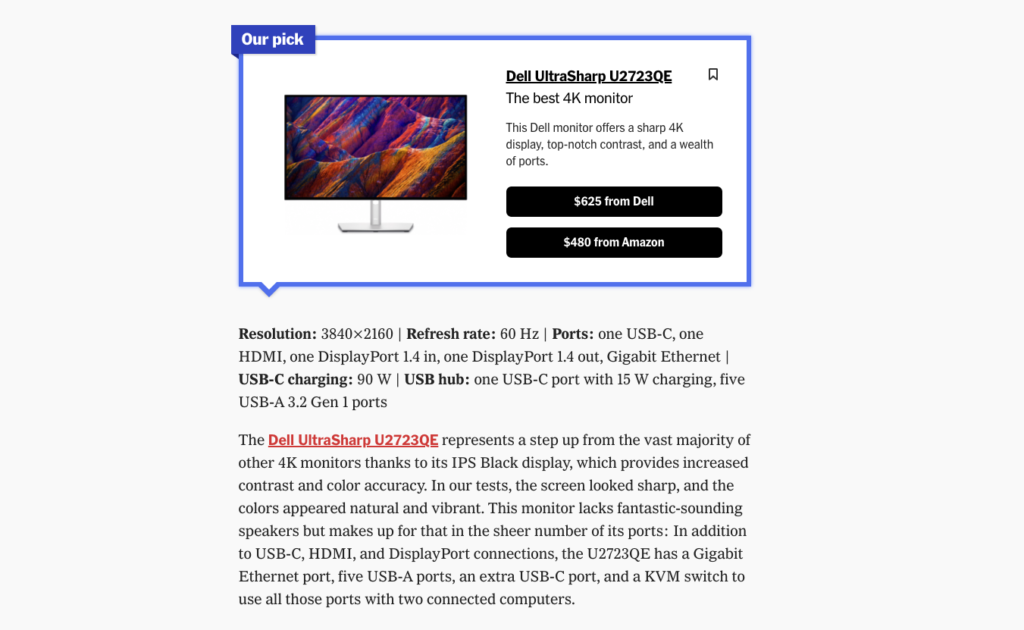
Pro’s & Con’s of Selling High-Priced Offers
Pro’s
- High Commissions: Selling high-priced items means you earn more money per sale, which can be more profitable than selling many low-cost items
- Less Traffic Needed: You don’t need a massive audience. Fewer sales can still lead to significant earnings, making it efficient for smaller platforms
- Builds Expert Status: Promoting high-value products often requires in-depth knowledge, which can enhance your reputation as an expert in your niche
Con’s
- Longer Sales Cycle: High ticket affiliate marketing products usually take longer to sell, as customers take more time to decide on expensive purchases
- Higher Competition: There can be more competition for high-ticket items, as the rewards are greater
- Niche Audience: You need to reach a specific audience who can afford and are interested in high-end products, which can be challenging
Strategy #1: Maximizing Visibility with Effective SEO Techniques
SEO is vital for an affiliate marketing blog as it helps attract traffic in the form of an audience by improving visibility in search engine results. A well-optimized blog ranks higher for relevant keywords, making it more likely for potential customers to find your affiliate products. It’s a simple formula: Good SEO = increased traffic = higher engagement = more sales
Keyword Research for High Ticket Affiliate Programs
Finding the best words or phrases that describe your topic or products is crucial because that is how people find your content on search engines like Google. It’s important because using the right keywords helps connect your site with people who are interested in whatever you have to offer. The research for high-ticket products or services is a bit different from regular offers because you’re targeting keywords that appeal to buyers of expensive products. These keywords are often long-tail and more specific. They may have less competition as well, making your content more likely to stand out and attract the right audience.
For example, instead of a broad term like “credit cards,” try going for long-tail keywords such as “best business credit cards for travel”. Long-tail keywords often have less competition and can attract a more targeted, interested audience, increasing the likelihood of attracting potential customers who are ready to make a high-value purchase.
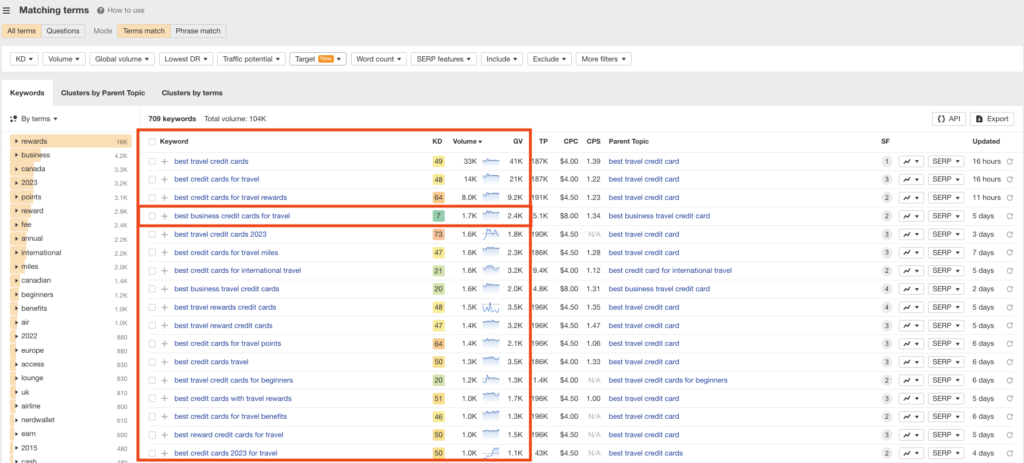
How to Create SEO-Optimized Content?
Once you’ve got the right keywords, creating SEO-optimized content is the next step. This process is crucial. Your content should strike a balance between engaging writing and smart keyword usage. It’s not just about inserting keywords; it’s about making the content informative and enjoyable to read. This approach ensures your content appeals to both search engine algorithms and real people looking for high-value products or services. Avoid keyword stuffing at all costs, as readability and quality content are key. Effective SEO content that reads well can attract the right audience and increase the likelihood of converting readers into buyers of your high-ticket offers.
Strategy #2: Crafting Comprehensive Reviews and Comparisons
When you try to promote pricier offerings, creating in-depth reviews and detailed comparisons is key. These evaluations help potential buyers understand why a high-priced product is worth their investment. This depth of information builds trust and helps buyers make well-informed choices, which is crucial for encouraging purchases of expensive items.
The Key to Comprehensive Product Reviews
Detailed reviews are crucial for selling high-ticket products or services because they give buyers confidence in their expensive purchases. When writing these reviews, focus on being thorough and clear. Testing the products yourself adds authenticity, showing that you have firsthand experience. It’s also essential to be honest in your reviews. Share both pros and cons to provide a balanced view. This honesty helps buyers make informed decisions and builds trust in your recommendations, which is vital for expensive items where trust is a key factor in the purchasing decision.
Add Comparison Content for an Extra Layer of Trust
Comparing products and services builds more trust because it shows you’ve looked at various options and understand the market. When comparing, focus on the key features that matter most to your audience. Be specific in your analysis, highlighting how different features can meet different needs or preferences. It’s also important to choose the right number of products for comparison. Too many can overwhelm your readers, while too few might not give them enough information. The screenshot from a Forbes article below is a great example of this. Aim for a sweet spot where you provide enough variety for a comprehensive comparison, but not so much that it becomes confusing. This approach helps readers make more informed and confident decisions.
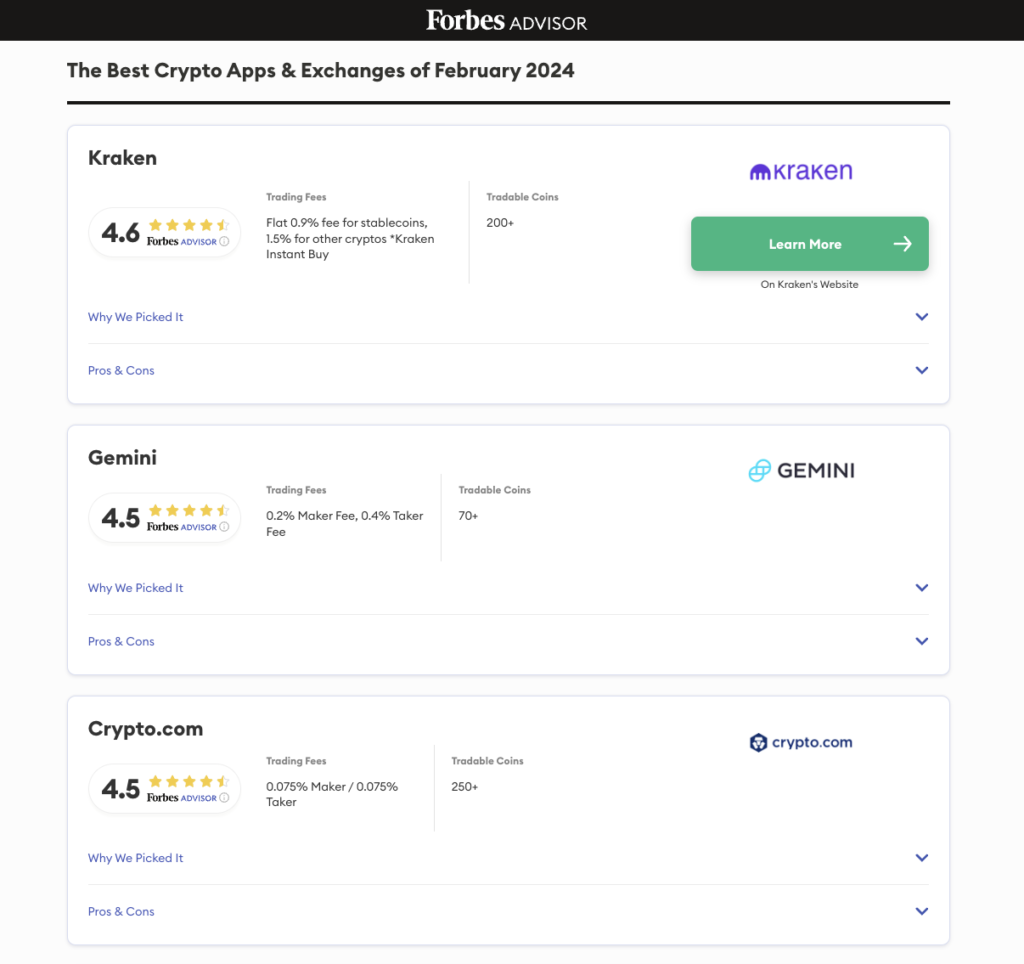
For comparison tables, it’s best to limit them to 3 – 5 items to aid in decision-making, ensuring simplicity for ease of comparison. When comparing more than 5 items, introduce filters to narrow choices. For static tables, simplicity is key; for dynamic ones, ensure the layout works well for up to 5 selected items, considering readability and device size. Always allow users to easily add or remove items for comparison, and communicate any limits to avoid confusion.
Strategy #3: Building Trust Through Educational Content
Educating your audience is crucial, especially for high-priced products or services, because informed customers make confident decisions. Educational content makes consumers 131% more likely to buy. In-depth content builds trust by showing you care about helping people understand their choices. When creating this type of content, focus on clarity and relevance. Consider what your audience needs to know and present it in an easy-to-understand way. Pricey items often involve more research before purchase, so providing detailed, educational content can guide potential buyers through this process. Types of educational content include:
- How-to guides
- In-depth articles on product features
- Comparison charts
- FAQs
By educating your audience, you’re not just selling a product; you’re offering valuable knowledge that helps them make a well-informed decision and builds your trust and reputation at the same time.
When you are a travel blog selling high-priced rentals, educate your readers about all travel-related topics rather than just going straight for the sale.
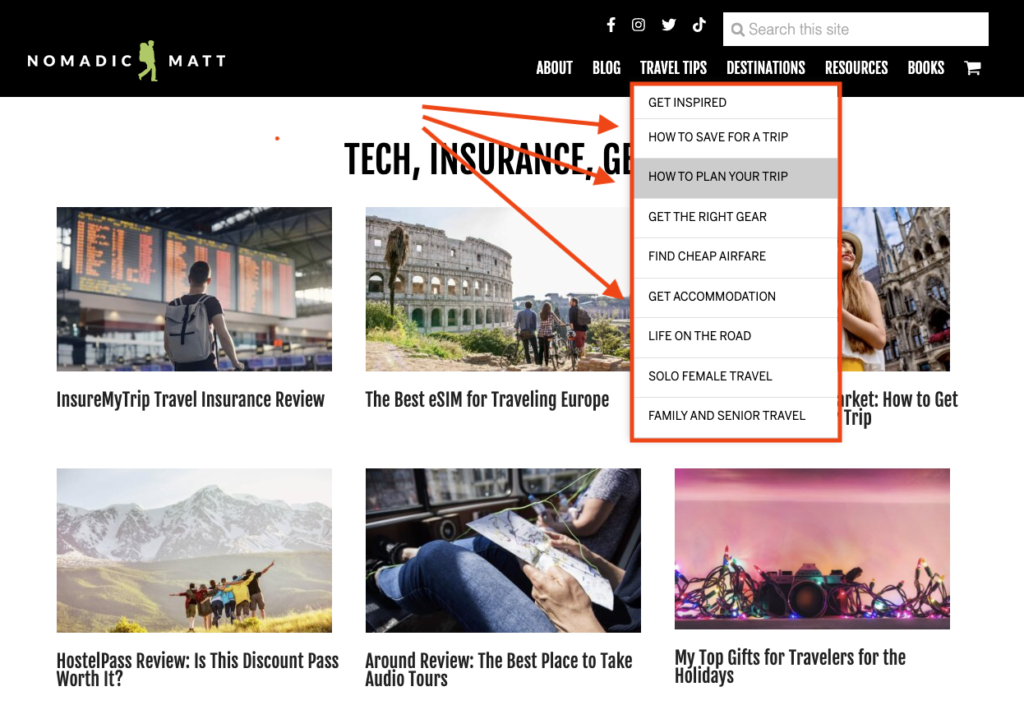
The Importance of Developing a Content Plan
A content plan is like a roadmap for what you’re going to write about on your affiliate marketing blog or active website. It’s important because it helps you organize your topics, schedule when to post them, and ensure you cover a wide range of subjects that interest your audience. When developing a content plan, think about the following:
- Variety
- Relevance
- Consistency
Consider mixing up types of content like articles, videos, and infographics to keep things interesting. For example, suppose you’re promoting luxury watches on your blog. In that case, your content plan might include a detailed review of a new model, an educational article on watchmaking history, a comparison of top brands, and a video showcasing the latest trends in watch design. This variety keeps your audience engaged and helps establish your site as a go-to resource.
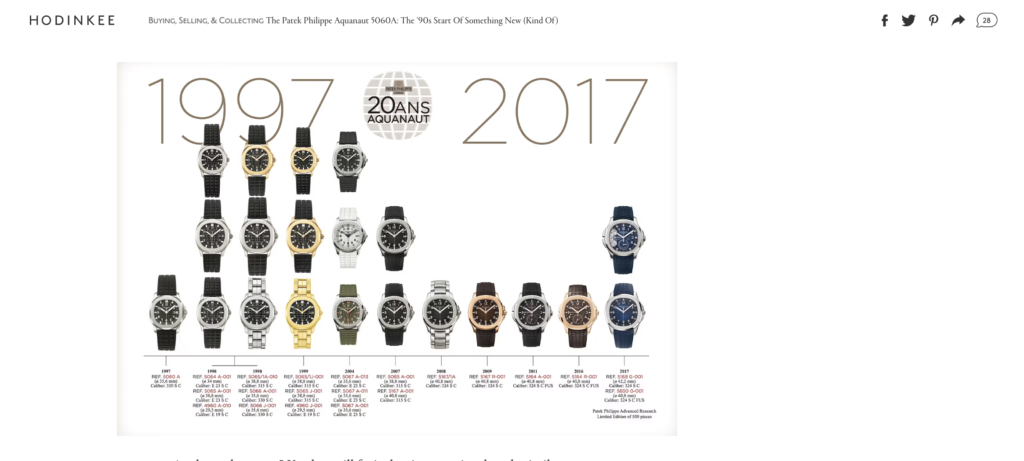
Strategy #4: Utilizing Social Proof and Testimonials
Social proof is the currency of online marketing! It is always essential because it leverages the idea that people trust products or services that others have already tested and approved. This concept gains even more weight regarding more expensive items, as the financial stakes are higher. Seeing others vouch for an expensive product reassures potential buyers, reducing their perceived risk and encouraging their decision to purchase.
For example, a SaaS blog gathers written testimonials from well-known personalities who have used its product. They are shared on the website and social media platforms, highlighting the customers’ genuine excitement and satisfaction. This social proof validates the software’s high price point and builds trust with potential customers, showing them real-world value.

Communicating and Encouraging Testimonials
To effectively leverage social proof:
- Showcase Customer Reviews: Highlight positive feedback on your website and social media content
- Success Stories: Share detailed case studies or success stories of customers who benefited from the product
- Social Media Mentions: Utilize user-generated content (UGC) where customers share their positive experiences
- Influencer Endorsements: Collaborate with influencers who can attest to the quality of your offering.
Encouraging testimonials can be as simple as:
- Asking for Feedback: Directly ask customers for their input after the purchase
- Incentivizing Reviews: Offer discounts or future purchase credits in exchange for honest reviews
- Highlighting User Reviews: Feature customer testimonials prominently on your site and social media, showing appreciation and encouraging others to share their stories too
Strategy #5: Email Marketing for Personalized Outreach
Email marketing involves sending out emails to potential and current customers. The average email open rate is around 21%. It’s a powerful tool because it allows for direct, personalized communication. Email marketing is crucial for affiliates as it helps maintain engagement with your audience, promoting products or services directly to them.
The do’s include personalizing your emails, providing value, and segmenting your list for targeted campaigns. The don’ts involve spamming, neglecting to test different emails, and ignoring the importance of a mobile-friendly design. Effective email marketing can boost affiliate sales by nurturing leads, providing timely information, and encouraging repeat purchases through trust and loyalty.
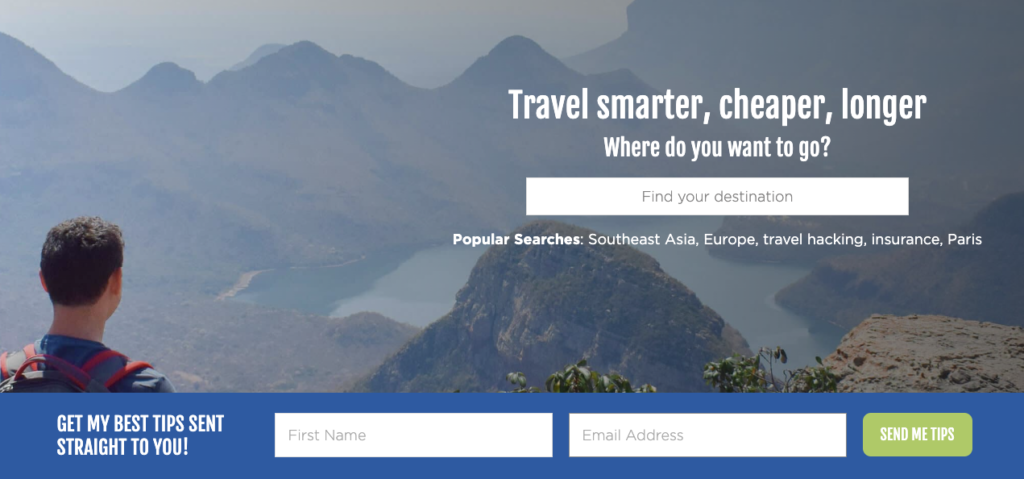
Personalization and Segmentation
Segmentation in email marketing means dividing your audience into groups based on their interests, behaviors, or demographics, which is crucial for targeting messages effectively. Personalization goes further by customizing emails for each recipient, like using their name or recommending products based on interest or past purchases. It’s important because it makes emails more relevant and engaging, increasing the chances that recipients will open them and make a purchase.
Imagine a high-ticket luxury affiliate travel blogger who segments their audience by preferred travel style: luxury cruises, high-end safaris, and boutique city hotels. They send personalized emails offering exclusive deals or content tailored to each segment. For instance, they might send the safari-loving segment an email about a premium safari experience with a subject line mentioning the recipient’s name and a past safari destination they’ve shown interest in. This targeted approach makes the audience feel understood and more likely to engage with high-value travel opportunities.
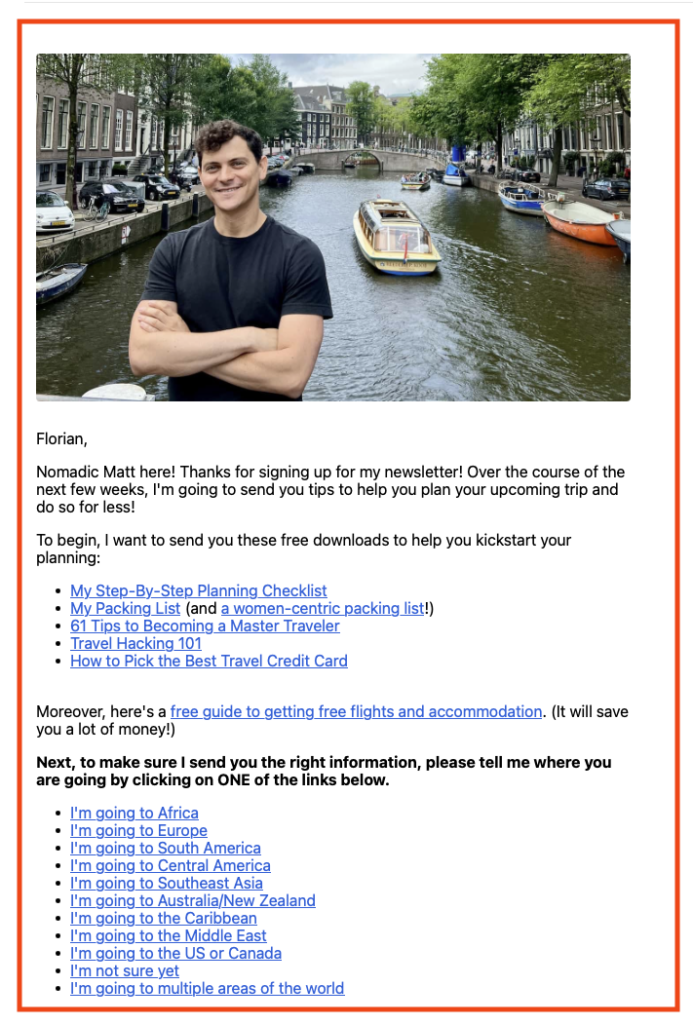
Strategy #6: Leveraging Multimedia and Interactive Content
In high-ticket affiliate marketing, integrating videos, podcasts, and webinars is key to drawing in potential buyers. These formats offer a richer, more detailed view of expensive products or services, helping audiences see their value. For impactful multimedia content, aim for engaging stories and clear visuals highlighting the product’s premium qualities. This method educates and excites viewers, making the high cost seem more justified and encouraging investment.
Interactive Content
Interactive content quizzes and infographics can significantly boost engagement and conversions, especially for high-ticket items. These tools make learning about a product fun and engaging, allowing potential buyers to see which product fits their needs best. For example, a luxury travel blog might use an interactive quiz to help customers decide which apartments suit their lifestyle, based on their design aesthetic preferences. This personalized approach not only increases engagement but also guides customers toward making a purchase (or booking) decision, making it a powerful strategy for selling high-value products or services.

Joining the Piktochart Affiliate Program
Join the Piktochart high ticket Affiliate Program today and start earning by promoting our leading visual communication tool. Our program offers you recurring commissions of up to 40% as well as a generous cookie window of 60 days when using your personal affiliate link.
Perfect for anyone needing to create stunning infographics, presentations, and reports effortlessly, Piktochart is ideal for a broad audience, including marketers, educators, and small businesses. As an affiliate, you’ll introduce your audience to a valuable, easy-to-use design solution, while benefiting from the support of a renowned platform. This is your chance to partner with us and enhance your offering with Piktochart’s trusted services.
Who is the program for:
- Freelancers, bloggers, influencers, or marketers who create regular content
- Affiliates who are looking for a new stream of income
- Anyone who loves Piktochart and has a passion for visual design and storytelling
Join now or reach us at [email protected] if you have any questions.
Conclusion
Now, first of all, thanks for sticking to the end! In this article, we’ve explored six strategies for high-ticket affiliate marketing: SEO optimization, in-depth reviews, educational content, leveraging multimedia, and using social proof and testimonials. These approaches offer a significant opportunity to convert premium offers on your blog or website, emphasizing the potential rewards of targeting higher-priced products. As always, be patient – success comes from persistently creating quality content that engages and informs your audience. Tools like Piktochart can elevate the success of your affiliate marketing business by providing high-quality visuals and videos, enhancing the appeal of your content, and making your affiliate offers stand out. Try our free plan and get started today!
TLDR
What is high-ticket affiliate marketing?
High-ticket affiliate marketing involves promoting expensive products or services and offering larger commissions per sale. It’s an effective way to earn more with fewer sales. A high-paying affiliate marketing program offers significant commissions (upward of 20%) for promoting luxury or subscription-based products, ideal for maximizing earnings with premium offerings.
Why is SEO important in affiliate marketing?
SEO helps increase your content’s visibility, making your high-ticket offers easier to find by potential buyers, which is crucial for driving traffic and sales.
How do detailed reviews and comparisons enhance trust?
Detailed reviews and comparisons provide valuable insights, helping potential buyers make informed decisions, thus building trust and credibility in your recommendations.
Why is educational content valuable in high-ticket affiliate marketing?
Educational content helps inform potential buyers about high-ticket items, aiding their research process and building trust, which is essential for higher-priced purchases.
How can Piktochart assist in affiliate marketing?
Piktochart enables every high-ticket affiliate marketer to create quality visual content like infographics and presentations, making complex information more accessible and engaging for potential buyers.



